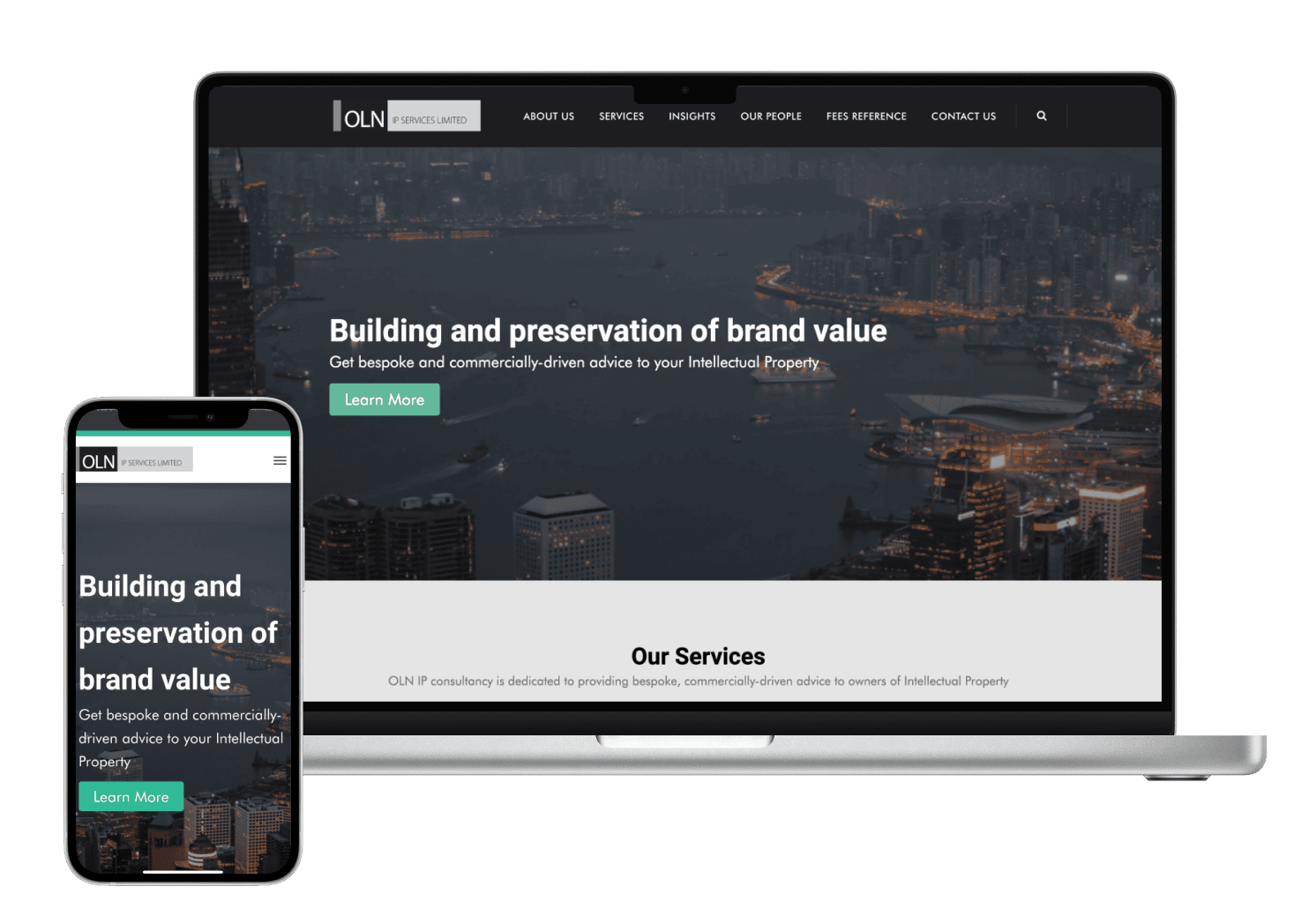Prelude
It is not at all surprising in Hong Kong for job applicants to back out of the already accepted job offer and accept a better job offer with a more competitive remuneration package. In practice, usually the innocent employer would save themselves the hassle of chasing after the defaulting recruits and simply find a substitute from the job market, especially for those junior or middle-level positions. However, this may not always be the case and the recent judgment handed down by the Court of Appeal in the Hong Kong case Law Ting Pong Secondary School v Chen Wai Wah [2021] HKCA 873 demonstrated clearly that not honouring a signed employment contract may come with a price even before commencement of the employment.
Overview of the case facts
The case of Law Ting Pong Secondary School started off at the Hong Kong Labour Tribunal and was argued all the way up to the Court of Appeal.
In gist, this case concerned a teacher who was offered employment by a local secondary school. On 17 July 2017, this teacher was given (a) an Offer of Appointment; (b) the Conditions of Service for Teachers; and (c) a Letter of Acceptance in respect of his then potential employment with the school. The teacher signed and returned the Conditions of Service and the Letter of Acceptance to the school on the same day. The Letter of Acceptance stated that:-
“I accept the appointment offered in your letter dated 17th July 2017 in accordance with the attached Conditions of Service for Teachers in Law Ting Pong Secondary School.
I also understand that once I accept this contract, the conditions of the new contract will come to [sic] immediate effect e.g. I need to give three months’ notice to terminate my employment with the school.
I confirm that I have read and understood all the above conditions and hereby agree to abide by them.”
The Conditions of Service stated that the period of employment would be “from 1st September 2017 to 31st August 2018”. Under the Conditions of Service, the teacher was required to give the school three months’ notice in writing, or payment in lieu of notice, or a combination of both in order to terminate the employment contract “in order to terminate my [i.e. his] employment with the school” [Emphasis Added] (the “Termination Provisions”). In August 2017 the teacher backed out of the contract. The school then claimed against the teacher for payment in lieu of notice pursuant to the Termination Provisions.
The school succeeded at the Labour Tribunal and was awarded damages in the sum of HK$139,593 (equivalent to 3 months’ payment in lieu of notice).
The teacher subsequently appealed against such decision and the same was overturned by the Court of First Instance. The Court of First Instance held that the Letter of Acceptance did not form part of the specified terms offered by the school to the teacher, as, inter alia, the Conditions of Service did not make any reference to the Letter of Acceptance. Accordingly, the employment should be read as only starting on 1 September 2017 in accordance with the terms of the Conditions of Service, and hence the teacher was not liable to make any payment in lieu as his employment had not commenced at the time when he back out of the employment contract.
Thereafter, the school further appealed against the decision of the Court of First Instance and the Court of Appeal restored the decision of the Labour Tribunal. The judgment of the Court of Appeal can be summarised as follows:-
- The Offer of Appointment, the Letter of Acceptance and the Conditions of Service were given to the teacher together when the school’s offer of employment was made, thus the terms of all the three documents were accepted as a “package deal”. Accordingly, it must be plain and reasonably understood by the teacher, that the school was offering (and only ready to offer) employment on the basis set out in all the three documents. It follows that the Letter of Acceptance formed part of the contract between the school and the teacher, thus should be taken into consideration for adjudication of the matter.
- A reasonable person shall take the Letter of Acceptance to mean that the terms of the employment contract would come into immediate effect such that the teacher would have to give 3 months’ notice to terminate the same. This shall be obvious as the notice requirement under the Termination Provision was specifically used as an example of the terms of the employment contract taking immediate effect.
- Further, the fact that the period of employment would start from 1 September 2017 only meant that the teacher’s performance of teaching duties was to commence on a future date. In general, a valid contract had legal effects, for example, as to repudiatory or anticipatory breach, and was enforceable immediately when it was made, irrespective of the time of performance. Hence, although performance of teaching duties would commence on a future date (i.e. 1 September 2017), as from 17 July 2017 (i.e. the date of signing the contract) both parties were both legally bound to perform their obligations under the contract.
- In response to the defendant teacher’s argument that the amount required to terminate the employment contract under the Termination Provision was wholly disproportionate to the monetary loss that the school might suffer and any legitimate interests of the school (thus is a penalty clause and unenforceable), the Court ruled that a clause could only be a penalty if it operated upon a breach of contract (i.e. a liquidated damages clause). The payment of a sum in lieu of notice under the Termination Provisions was a contractually agreed method of lawful termination of the employment contract; it was not in the nature of damages for breach of contract. It was therefore a primary obligation to pay rather than a secondary obligation arising upon the breach of a primary obligation of performance, thus not a penalty clause.
- The Court further completed the analysis by commenting that the Termination Provisions would still be enforceable even if the same was a liquidated damages clause. On this issue, the Court of Appeal clarified the test to determine whether a clause was a penalty clause was, whether the relevant clause was out of all proportion to the innocent party’s legitimate interest in enforcing the contract; and that the innocent party could have a legitimate interest in the performance of the contract or some appropriate alternative to performance that goes beyond compensation. In applying the test, the Court shall first identify the legitimate interest of the innocent party that is being protected by the clause, then move on to assess whether the clause is out of all proportion to such legitimate interest by considering the circumstances in which the contract was made.
- Accordingly, the teacher was ordered to, inter alia, pay to the school HK$139,593, being payment in lieu of 3 months’ notice.
Takeaways
The case of Law Ting Pong Secondary School suggests that once the employment contract is signed, the agreed notice under its termination provision has to be observed, even before the commencement of the employment.
However, it is arguable that Law Ting Pong Secondary School turns on its specific facts that the employer school has made it explicit on the Letter of Acceptance that the conditions of the employment contract came to immediate effect upon execution and the notice requirement under the Termination Provision was specifically used as an example for illustrating the same.
Further, it is also not certain as to what the Court’s decision would be if any probation period is provided for in respect of the relevant employment. It seems the Court did not pay any regard to Section 6(3A) of the Employment Ordinance (Cap.57) when reaching its decision in Law Ting Pong Secondary School, which provides that:-
“Where in any contract of employment, whether in writing or oral, it has been expressly agreed that the employment is on probation and the contract makes provision for the length of notice required for its termination such contract may be terminated —
(a) notwithstanding the length of notice provided for in the contract, by either party at any time during the first month of such employment without notice or payment in lieu;
(b) by either party at any time after the first month of such employment by giving to the other party notice of the agreed period, but not less than 7 days.”
In light of the Court of Appeal’s decisions in Law Ting Pong Secondary School, it seems the legal position in such scenario could possibly be, albeit awkward, (a) the employee will be required to give notice equals to such length as stated in the employment contract if he chooses to back out of the contract; and (b) no notice is required if he chooses to terminate his employment in the first month of his probation by operation of Section 6(3A) of the Employment Ordinance (which kicks in following the commencement of the employment).
How can OLN help?
As can be seen, it would be advisable for employers to clearly and expressly document in its employment contract the notice period and/or the termination mechanism if the employee fails to show up on the commencement date of employment as agreed. The degree of clarity required in this regard can be very demanding.
We have practical experience in helping employers with the drafting and review of employment-related documentation to ensure the same complies with the employment law regime in Hong Kong and latest development on the same, so as to protect employers’ interest.
On the other hand, we also assist, from time to time, employees on the review of employment-related documentation and advise employees on any potential legal consequences arising from their employment contracts.
If you have any question regarding the topic discussed or other employment issues, please contact our Partner Mr. Victor Ng at victor.ng@oln-law.com or our associate Ms. Barbara Kwong at barbara.kwong@oln-law.com for further assistance.
July 2021
Disclaimer: This article is for reference only. Nothing herein shall be construed as Hong Kong legal advice or any legal advice for that matter to any person. Oldham, Li & Nie shall not be held liable for any loss and/or damage incurred by any person acting as a result of the materials contained in this article.
 香港中环雪厂街二号圣佐治大厦五楼503室
香港中环雪厂街二号圣佐治大厦五楼503室 +852 2868 0696
+852 2868 0696







